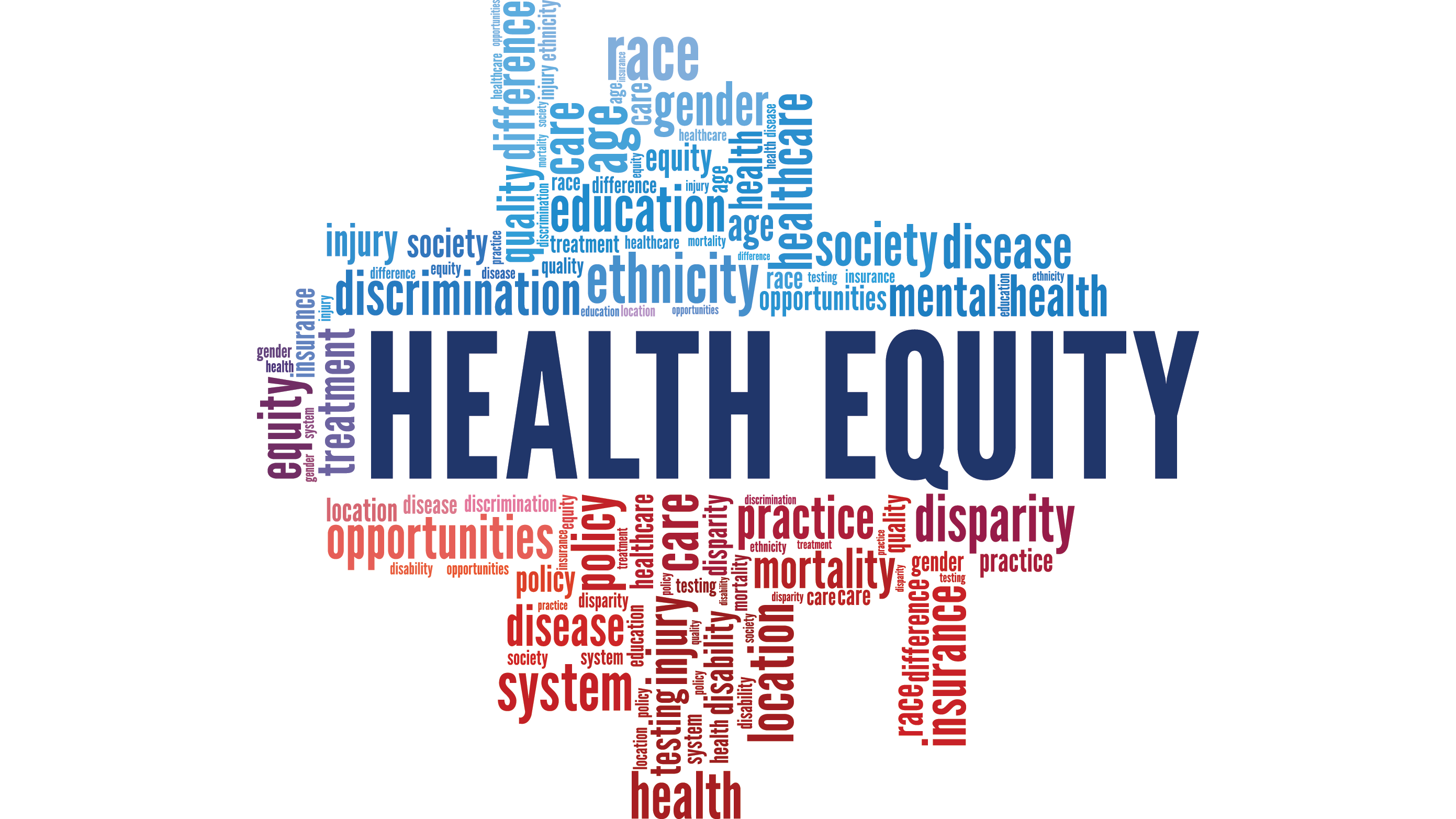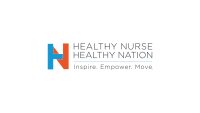Social determinants of health and health equity require our attention now.
Horror Vacui—nature abhors a vacuum. This principle applies to leadership as much as it does to physics, although perhaps a little more difficult to predict. I recently spoke with some colleagues about the impact of the Federal Public Health Emergency declaration ending and how to face the challenge of figuring out where to direct the time, attention, and energy we’ve focused on navigating our teams through the pandemic. It occurred to me that we already have a great roadmap for this—the Future of Nursing Report.
You might first remember the iconic The Future of Nursing: Leading Change, Advancing Health, published over 10 years ago by what was then known as the Institute of Medicine. The agency has a new name—The National Academy of Medicine—and they’ve worked with a diverse team of experts from across the nursing spectrum to create a new visionary report titled The Future of Nursing 2020–2030: Charting a Path to Achieve Health Equity. It outlines key recommendations for propelling nursing into a new era where we address social determinants of health and work toward health equity. (See Health equity recommendations.)
As you can see from some of the dates, we’ve already fallen behind. Thankfully, there’s no better time than the present to start addressing the future. Read the report (bit.ly/45OukCP) and begin working with your colleagues and organizations to advance this important work.
Joseph Potts is on the American Nurse Journal Editorial Board and is the manager of clinical services at Peace Island Medical Center in Friday Harbor, Washington.
American Nurse Journal. 2023; 18(12). Doi: 10.51256/ANJ122346
Health equity recommendations
1. Forge a shared agenda
In 2021, national nursing organizations should collaborate to develop a shared agenda for addressing social determinants of health and achieving health equity, focusing on nursing practice, education, leadership, and health policy engagement.
2. Create a comprehensive approach
By 2023, various entities, including government agencies, healthcare organizations, payers, and foundations, should take significant actions to empower the nursing workforce to address social determinants of health and health equity across different practice settings.
3. Promote nurses’ well-being
By 2021, nursing education programs, employers, leaders, licensing boards, and organizations should implement structures, systems, and evidence-based interventions to promote nurses’ health and well-being, particularly as they take on new roles to advance health equity.
4. Remove barriers to full practice
All organizations, including government entities and employing organizations, should eliminate barriers that prevent nurses from fully addressing social needs and determinants of health by practicing to the full extent of their education and training.
5. Provide sustainable financial support
Payers and public health agencies should establish sustainable and flexible payment mechanisms to support nurses, including school nurses, in addressing social needs, social determinants of health, and health equity.
6. Embrace technological innovation
Healthcare systems should incorporate nursing expertise in using diverse digital platforms, artificial intelligence, and other innovative technologies to design, generate, analyze, and apply data for initiatives related to social determinants of health and health equity.
7. Redesign education for the future
Nursing education programs and accreditors should ensure that nurses are prepared to address social determinants of health and achieve health equity, including through continuing education.
8. Strengthen the workforce
During public health emergencies and natural disasters, federal agencies and stakeholders should support and protect the nursing workforce, enabling them to address inequities within communities.
9. Conduct collaborative research and partnerships
Key stakeholders should collaborate to develop a research agenda and evidence base on the impact of nursing interventions, including multisector collaboration, on social determinants of health, environmental health, health equity, and nurses’ health and well-being.


















